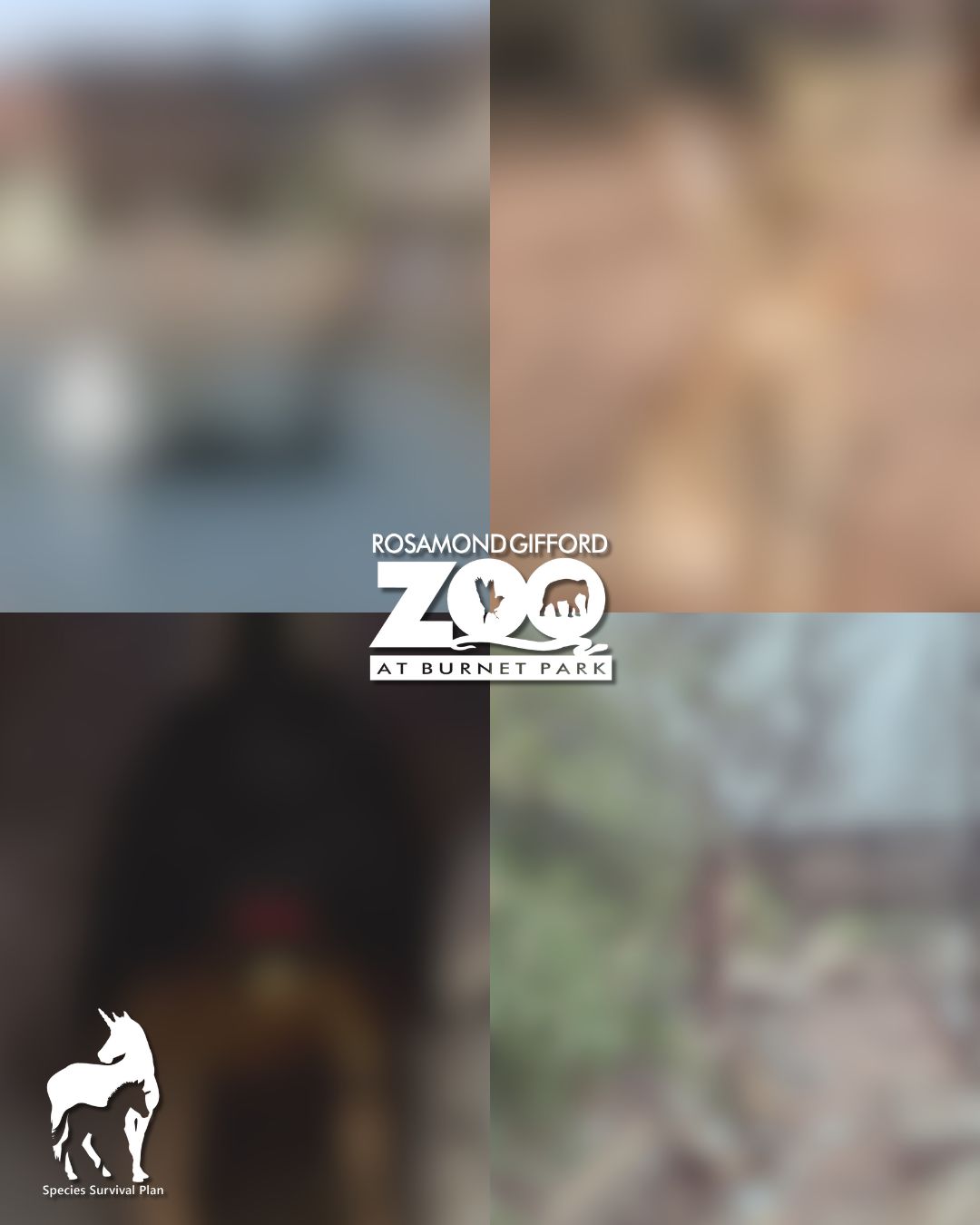- Overview of Species Survival Plans and their importance in maintaining genetic diversity among endangered species in captivity.
- The role of studbooks in tracking genetic and demographic history of zoo populations.
- Explanation of the new responsibility for The Rosamond Gifford Zoo and its benefits for wildlife conservation.
- Challenges and strategies in managing genetic diversity within zoo populations.
- The implications of human intervention in the conservation of endangered species.
Species Survival Plans (SSPs) are crucial in the conservation of various endangered species under human care. These strategically designed programs are instrumental in fostering genetic diversity among animals in captivity, a goal that is especially vital for species facing the threat of extinction. By managing genetic variation, SSPs aim to create sustainable and healthy populations of species, enhancing their chances of survival in the wild.
Central to the success of SSPs is the concept of studbooks. A studbook is essentially a detailed database that records the pedigree and demographic history of animals within a particular population. It serves as a vital tool for zoos and conservationists by helping them track lineage and analyze genetic information. This prevents inbreeding and ensures that genetic diversity is maintained, which is a significant concern for endangered species with limited populations. Studbooks allow for strategic decisions about breeding and transferring animals between institutions worldwide.
Recently, The Rosamond Gifford Zoo assumed the responsibility for the studbook management of four newly created Species Survival Plans. This role not only highlights the zoo’s commitment to wildlife conservation but also enhances its collaborative efforts with other institutions globally. Holding the studbook means the zoo is at the forefront of ensuring that these species are given the best chance at survival, by coordinating breeding plans and movements to optimize genetic diversity.
Managing genetic diversity in captive populations comes with its set of challenges. Limited numbers of individuals can lead to genetic bottlenecks. A genetic bottleneck occurs when there is a sharp reduction in the size of a population, resulting in the loss of genetic variation. This can compromise the population’s ability to adapt to environmental changes and resist diseases. Therefore, SSPs employ various strategies, such as genome resource banking, to mitigate these issues. Genome resource banking involves the storage of genetic materials, such as sperm, eggs, embryos, and DNA, potentially enhancing future breeding programs.
Another layer of complexity in managing SSPs is maintaining a balance between natural behavior and controlled genetic management. While the primary goal is to preserve the genetics of a species, it’s important to facilitate natural behaviors essential for the well-being of the animals. This challenge requires a delicate balance, as disrupting natural social structures may have adverse effects.
Intervention within conservation practices brings with it ethical considerations. While human intervention through SSPs and studbooks has proven beneficial for genetic health, it also raises questions about the extent to which humans should control the lives of these creatures. The ultimate goal remains to reintroduce healthy populations into the wild, but this requires careful assessment and planning.
The initiatives taken by The Rosamond Gifford Zoo signify an important step in the world of zoo management and wildlife conservation. By taking the helm in managing these four Species Survival Plans, the zoo is not just preserving genetic diversity in captivity but also contributing significantly to the long-term conservation goals for these endangered species. Through collaborative efforts, the zoo is working to secure a future where these majestic creatures can thrive both in human care and the wild.
*****
Source Description
The Rosamond Gifford Zoo is pleased to announce we now hold the studbook for four newly created Species Survival Plans! The SSP helps create a genetically diverse group of animals (or creatures?) in human care, which is especially important for these four endangered species.
.
.
.
.
.
.
April fools! 😉


